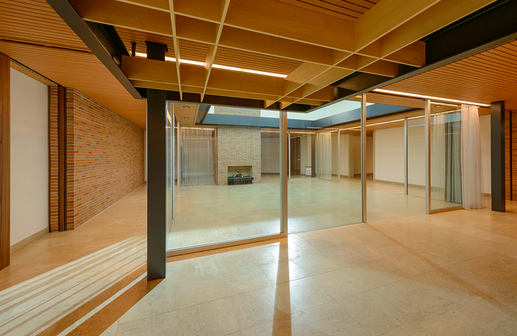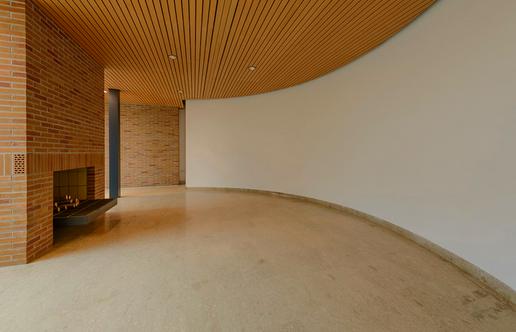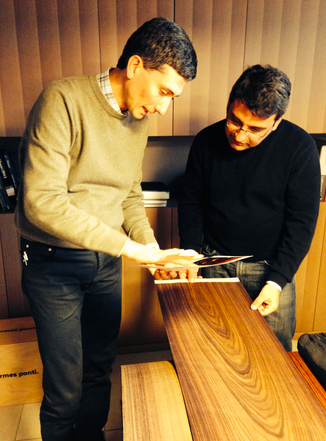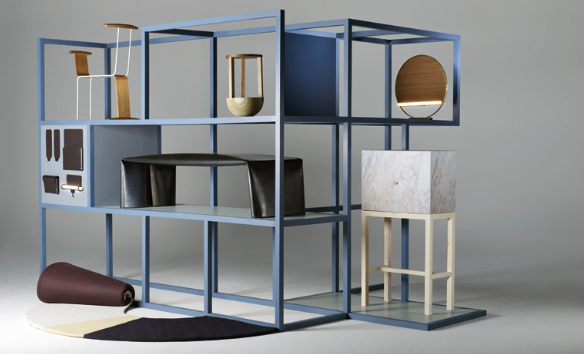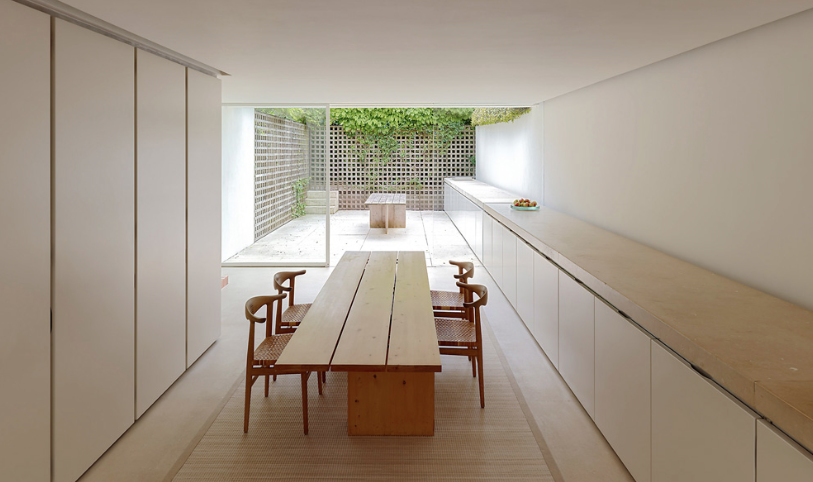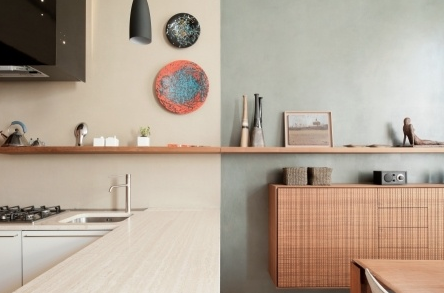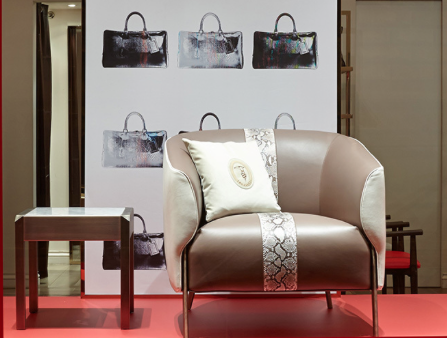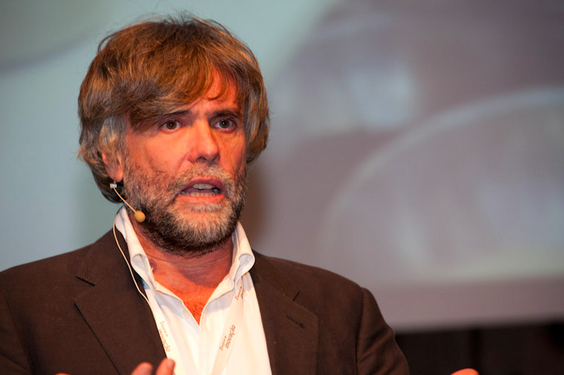
The Rome Chamber of Deputies presentation of the Francesco Morace and Barbara Santoro book “Italian Factor” has been truly interesting.
It’s been an engaging and focused think-tank on “how to multiply our country value”, conducted by Giovanni Aversa (from Mantua).
The “Italian Factor” project grows out from Barbara Santoro‘s passion.
She’s an Italian born entrepreneur and business coach who has lived in Canada.
As a proud Italian she is trying, with Francesco Morace’s help, to find new ways to improve Italian economic and cultural values.
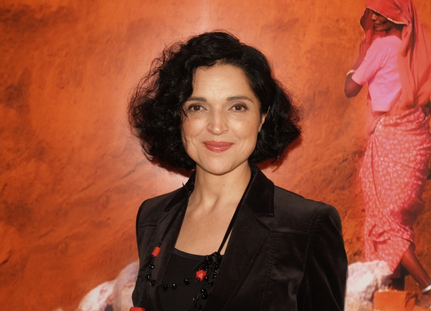
In Rome the other day, Barbara asked everyone to suggest “the missing ingredient” of the Italian recipe… in form of a Twitter hashtag
She started with #coraggiodiosare, that can be translated into #bravetodare.
According to Barbara, Italy must leverage its strengths in order to be more effective on international markets.
Just like Oscar Farinetti does with Eataly.
Farinetti has built a distribution system that gives visibility and relevance to small businesses, within the Italian Food + Drink system.
Symbola’s president Ermete Realacci proposed #honor.
His take was focused on Italy beating the crisis through its very own values; innovation, quality and beauty.
Tito Di Maggio, former president of the Murgia “sofa district” in his first term as a Senator, spoke clearly about Italian politicians inadequacy with regards to companies’s needs.
That’s why he suggested an encouraging #nihildifficilevolent (nothing is impossible for those with a strong will!)… especially for Southern Italy companies.
Maria Sebregondi, the “Moleskine mother”, suggested #doittogether imagining that the sharing economy practices will be key in business, in the immediate future.
Paolo Cuccia (Gambero Rosso President) has been the boldest, with #newera.
In his opinion, this is the right time to promote Italian excellence as a whole, with special relevance to tourism, food industry and crafting.
Valeria Mangani, Altagamma Rome vice president, mentioned #infinitepossibilities.
She emphasized how the new luxury is “inside-out”: 100% human value, expressed in all forms, from bespoke apparel to custom-made furnishings.
Perhaps the most provoking speech was the one by Francesco Casoli of Elica.
#Passion, humility and connection: to win the game you have to stand for it!
As ermesponti, we suggested an idea coming from the Renaissance, and… from our company: #endtoendprocess.
In our view, excellence comes from the whole process, from the design phase to the manufacturing, through communication and sales.
After you’ve had a good idea, prototyping it is not enough!
If you cannot make it happen, for real, it’s useless.
It’s a shame to see Italians ideas and prototypes sold off to foreign companies growing their GDP with our talents.
In the end, we realised that the only who did not suggest an hashtag has been Francesco Morace.
He was strongly on his point, though:
Each Italian can and must act as a craftsman confronting his work (and perhaps his conscience): do it with passion and dedication in the best possible way, just for the pleasure of a well done job.
If we all could do this, without complaining about all things wrong in Italy, we already would have done so much for our country.
Italians, craftsmen of the future Italy… we could say, lulled by Pavarotti, who put an end to discussions with his unrivaled singing.
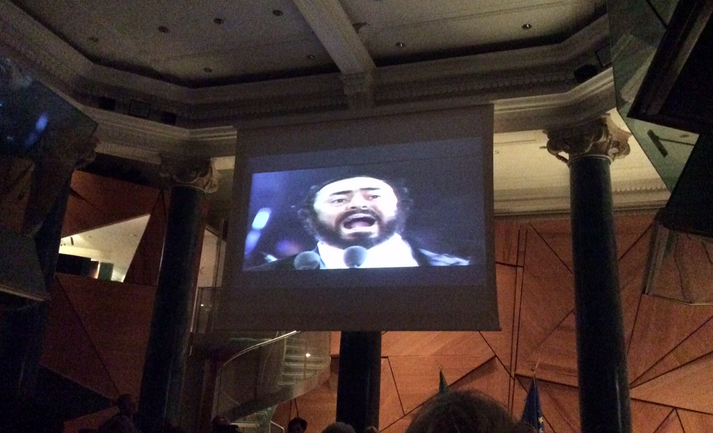


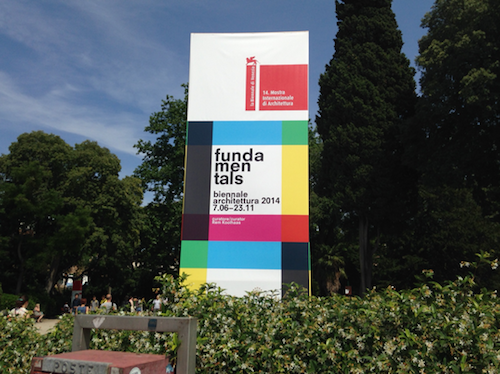 As everybody knows, the 14th Venice Architecture Biennale is titled “Fundamentals, absorbing Modernity 1914-2014” and invites 65 National Pavilions in the Giardini and at Arsenale to respond the theme examining the key moments from a century of modernization.
As everybody knows, the 14th Venice Architecture Biennale is titled “Fundamentals, absorbing Modernity 1914-2014” and invites 65 National Pavilions in the Giardini and at Arsenale to respond the theme examining the key moments from a century of modernization.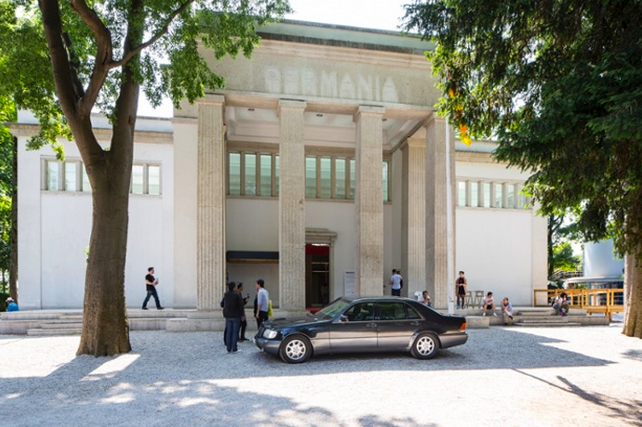
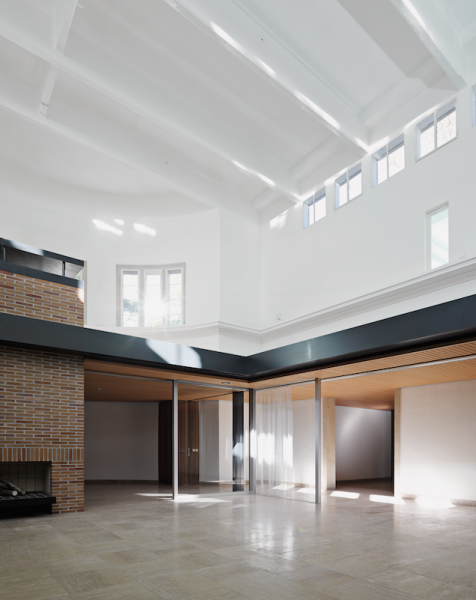

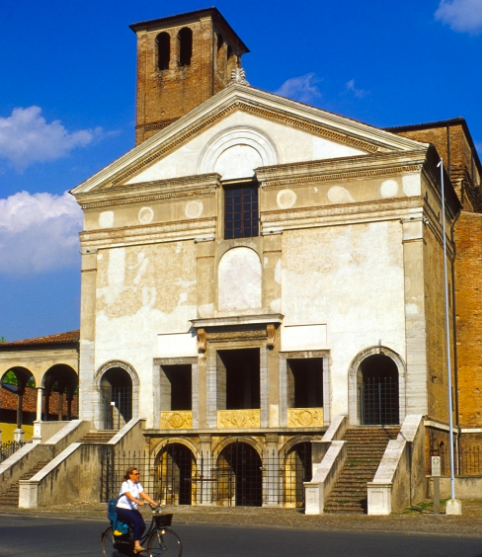
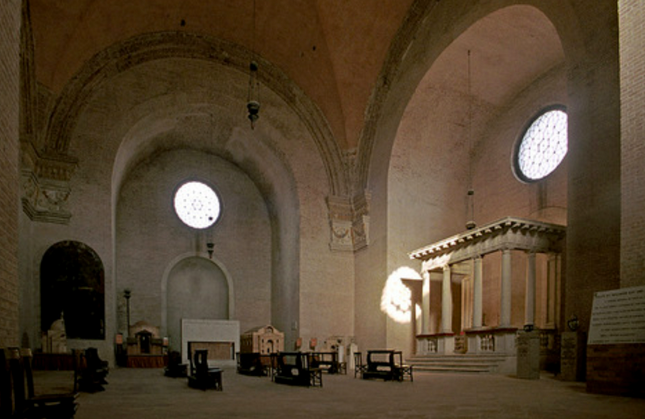
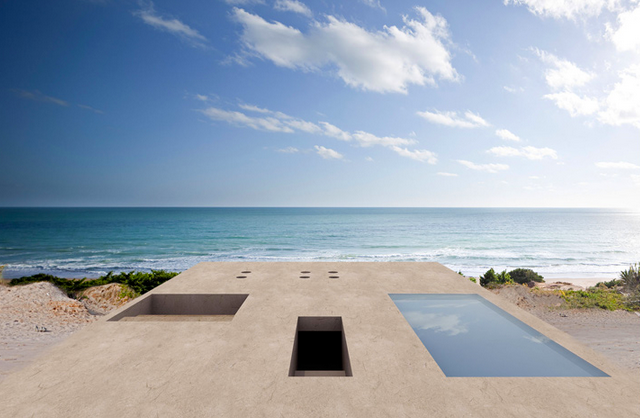
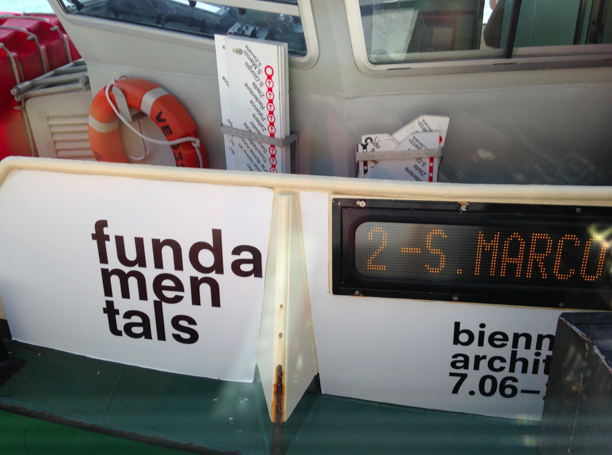
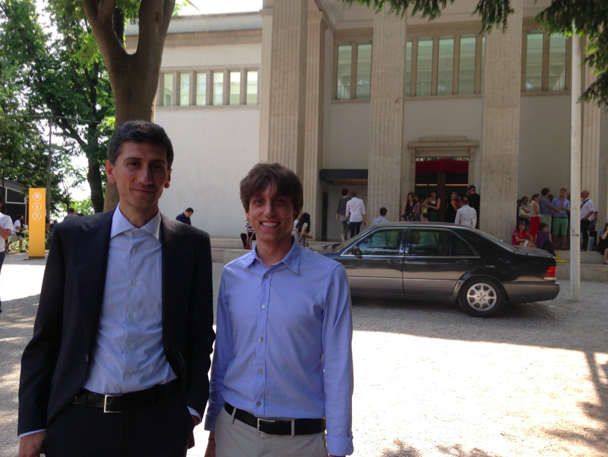
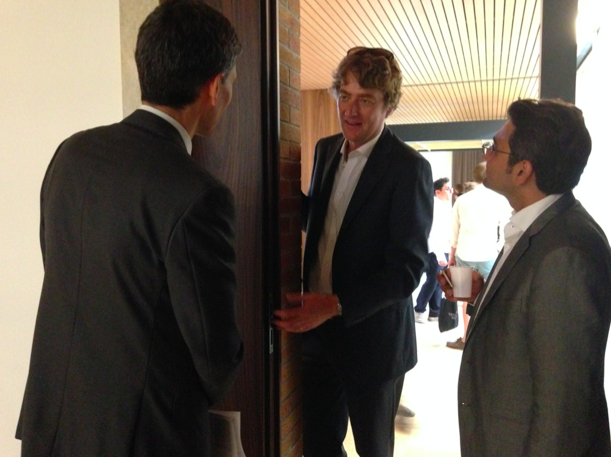
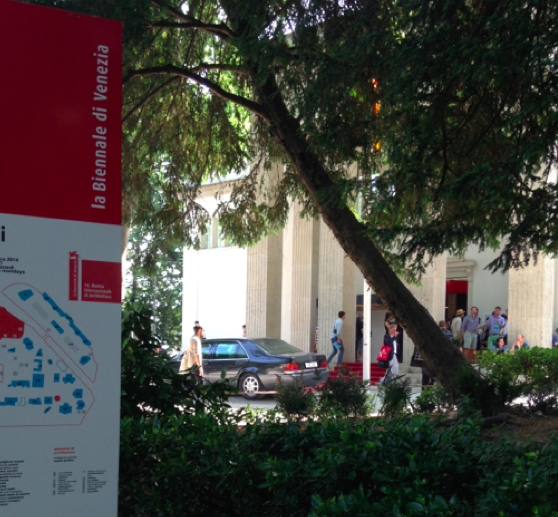
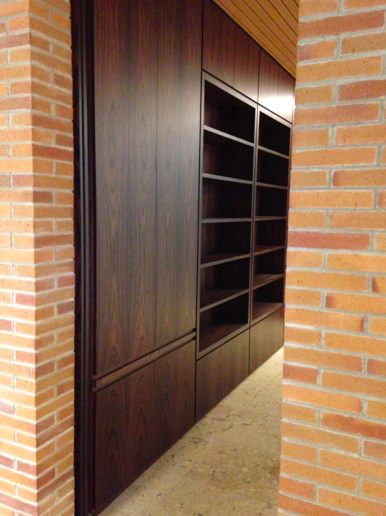

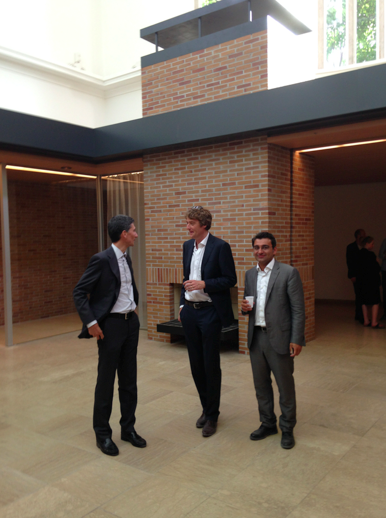

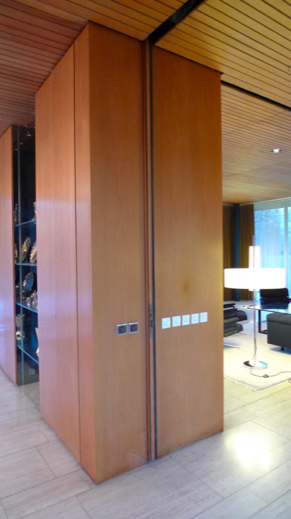 They told us about their idea; they showed us the drawings and pictures of the wooden models.
They told us about their idea; they showed us the drawings and pictures of the wooden models.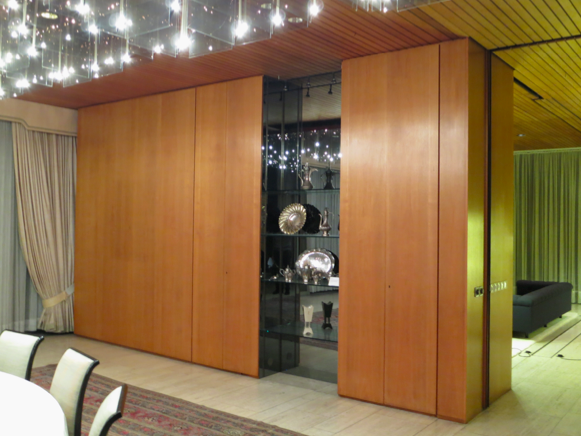
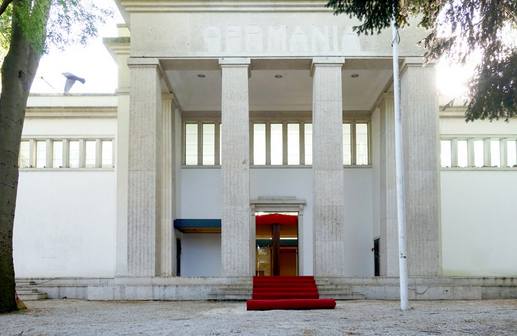 We were at the
We were at the 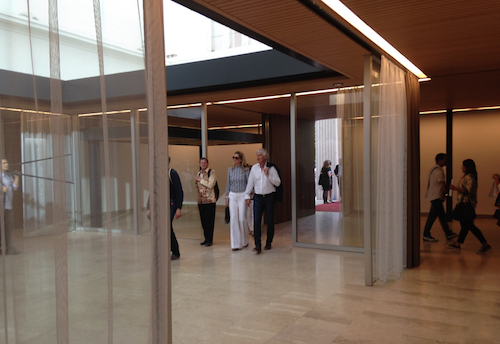
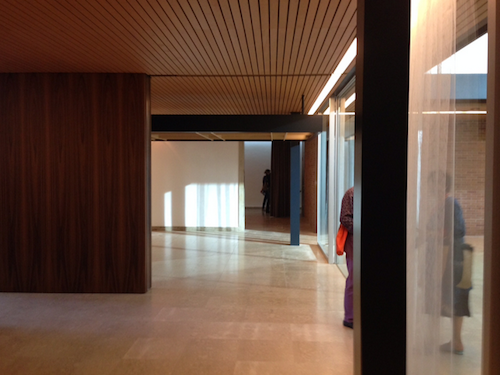
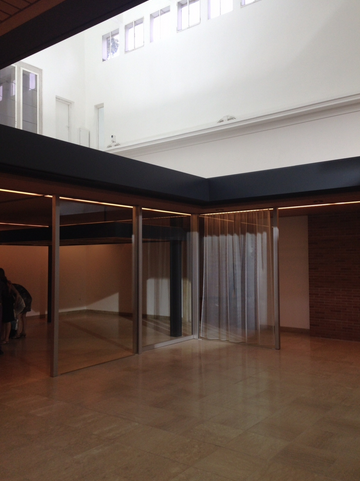 Two buildings in one; each one brings to its own identity and style to compare with the other.
Two buildings in one; each one brings to its own identity and style to compare with the other.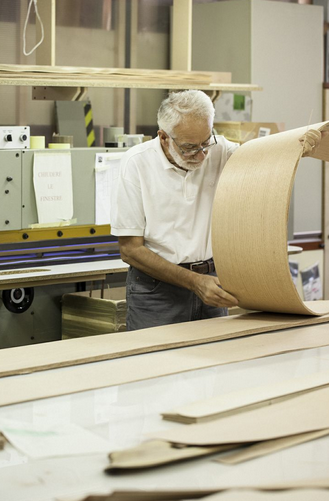
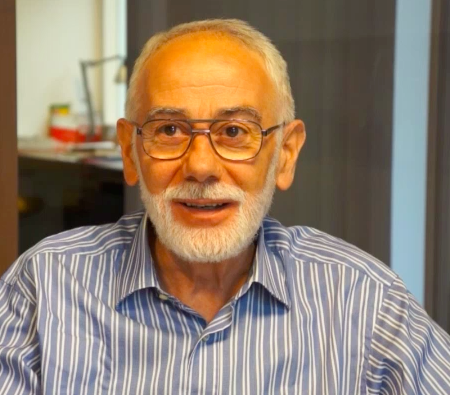 In 1957 we have been the first ones in Italy to be able to put polyester paint on furniture, getting the idea from a car hood someone showed us.
In 1957 we have been the first ones in Italy to be able to put polyester paint on furniture, getting the idea from a car hood someone showed us.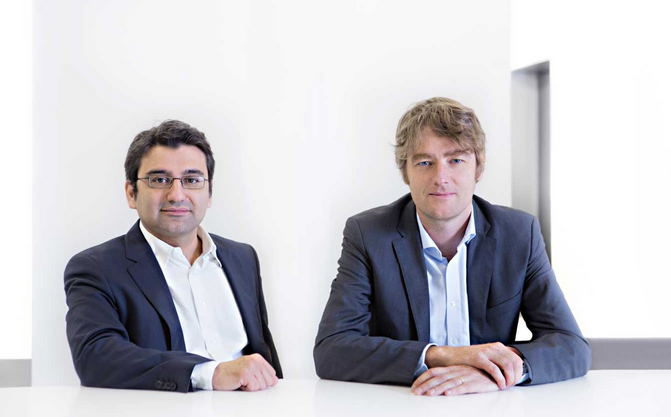
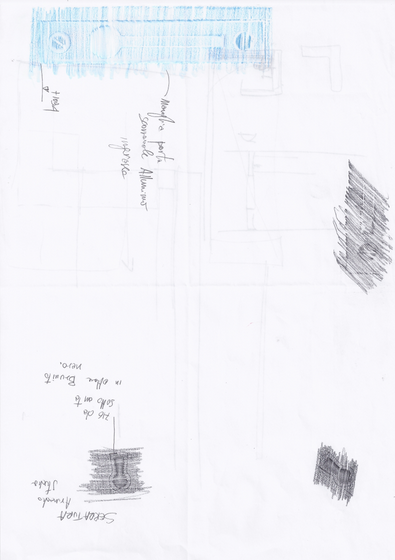 Daniela and Paolo immediately went to Bonn themselves as they had to see the “original” and to have a close look at all the details of the wooden furniture of the Bungalow to be reproduced in Venice – all the way to the brass key holes of the cabinet doors, as shown in the drawing.
Daniela and Paolo immediately went to Bonn themselves as they had to see the “original” and to have a close look at all the details of the wooden furniture of the Bungalow to be reproduced in Venice – all the way to the brass key holes of the cabinet doors, as shown in the drawing.